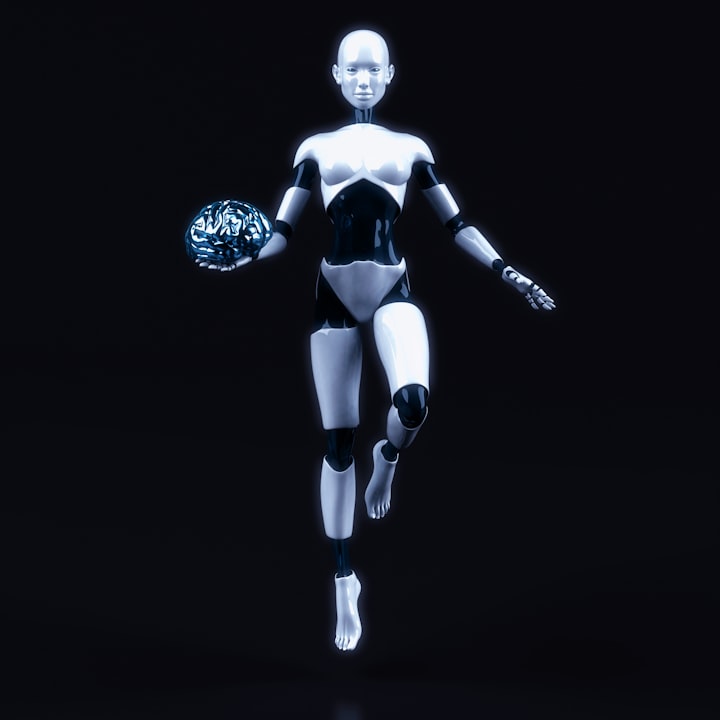Unlocking the Potential of Digital Twins
Revolutionizing Decision-Making Across Diverse Domains

Alright, let's start with a simple query. How many of you are wearing a Fitbit, Apple Watch, or any other health-tracking device? And how many of you have a smartphone with you here today? Maybe I should ask who doesn't? The prevalence of these technological wonders in our pockets or on our bodies is a clear indicator of the computing revolution that has unfolded over the past decade.
Now, let's ponder the components of this revolution. Firstly, the data. These devices gather data about our health, movements, habits, and more. Crucially, this data isn't generic; it's personalized to each individual. Secondly, the models. Within these devices reside powerful mathematical and statistical models. Some are trained solely from data, like a machine learning model discerning between activities. Others are rooted in physics, such as a model describing cardiac function.
The real magic happens when we merge data and models, a process known as data assimilation. This entails continually updating models as new data streams in, thereby personalizing the models to reflect our evolving selves. This leads us to prediction, the fourth element. With personalized models, we gain tailored predictions or recommendations that adapt to our dynamic states over time.
This collaborative synergy of data and models may feel familiar, driving our choices in retail, entertainment, and wellness. Yet, a similar revolution has unfolded in engineering systems. These systems also accumulate vast data through increasingly powerful sensors. Likewise, they leverage models grounded in physics to predict system behaviour.
Take, for instance, the unmanned aircraft in my research group. We employ robust finite element models to predict its structural responses under various conditions. By amalgamating data and models, we construct a personalized digital twin of the aircraft. This digital twin evolves alongside the actual aircraft, assimilating new data to reflect changes in its condition over time.
Imagine scaling this concept to an airline or a fleet of unmanned cargo delivery drones. With a digital twin for each vehicle, decision-making becomes optimized, considering each vehicle's unique state and mission requirements.
The term "digital twin" was coined in a 2010 NASA report, but its roots trace back further, notably to the Apollo program. In that era, NASA utilized simulators on the ground to mimic spacecraft in orbit, a practice pivotal in the Apollo 13 mission's successful return to Earth.
Today, digital twins extend beyond aerospace, infiltrating civil infrastructure, energy, environmental monitoring, medicine, and more. They hold promise in revolutionizing decision-making and optimizing outcomes across various domains.
Yet, creating digital twins for complex systems remains challenging. These systems span multiple scales, making comprehensive computational modelling daunting. While data abundance offers hope, it often falls short due to sparsity, noise, and indirectness. Moreover, even with improved sensing technology, predictive models grounded in physics remain indispensable for forecasting future scenarios.
However, there's optimism in combining predictive physics-based models with machine learning, scalable data assimilation, optimization, and high-performance computing. This interdisciplinary approach spearheads the endeavour to tackle complex problems, a focal point at institutions like the Oden Institute at UT Austin.
Firstly, space systems represent a burgeoning frontier, particularly in central Texas. Digital twins hold promise in managing the health and operations of spacecraft, satellites, and launch vehicles. Additionally, they could aid in tracking and mitigating space debris, essential for space domain awareness.
In environmental and geosciences, digital twins offer invaluable insights. High-resolution physics-based models, like those for the Antarctic ice sheet or coastal areas, coupled with observational data, inform critical decisions regarding climate change adaptation, disaster preparedness, and resource management.
In medicine, digital twins pave the way for personalized healthcare. From patient-specific heart care to cancer treatment, these models leverage data from various sources to tailor interventions, optimize outcomes, and advance the field of personalized medicine.
Ultimately, digital twins hold immense potential across diverse domains. While challenges persist in creating comprehensive models for complex systems, interdisciplinary collaboration and technological advancements offer hope for overcoming these obstacles.
As we envision a future empowered by digital twins, let us embrace the opportunity to innovate, collaborate, and harness the transformative potential of personalized, dynamically evolving models.
In conclusion, the concept of digital twins ignites excitement for a future where personalized models enable safer engineering systems, a deeper understanding of our environment, and better medical outcomes for individuals. Thank you.
About the Creator
Sebastian Clarke
Posting some of my previous work! Then writing some new ones!





Comments
There are no comments for this story
Be the first to respond and start the conversation.